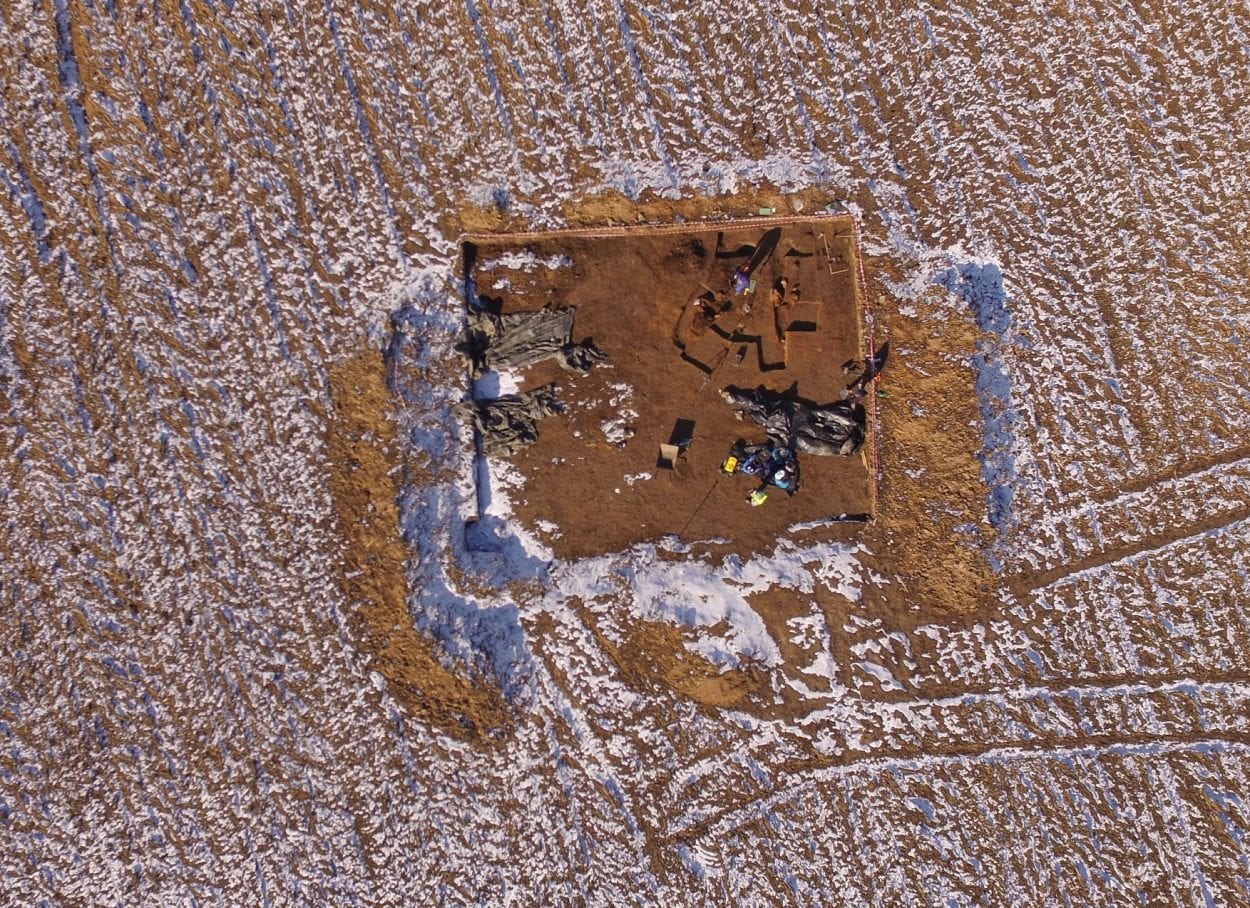The largest pottery production centre in Poland from the Roman period has been discovered by archaeologists near the village of Wrzępia within the Lesser Poland Voivodeship.
According to archaeologists, the production centre which contains 130 furnaces is the largest of its type in Poland, and one of the largest ever uncovered in Europe.
The site dates from around 1500 years ago, of which two furnaces have been excavated, and the rest have been traced by conducting a magnetometer study over an area of 12.3 acres.
Previous research shows that the furnaces operated at full steam between the turn of the 2nd / 3rd and the 5th century. At that time, the area was inhabited by Germanic tribes, probably Vandals.

The largest comparable Vandal site from that period was previously found in Zofipol near Krakow, where 57 furnaces were excavated.
“Our research shows that only storage vessels with characteristic thickened spouts were produced here. These were large vessels up to 50 cm in diameter and about 70 cm high “- explains archaeologist Jan Bulas.
The research team plans to return next year to determine the spatial spread of the pottery produced, and to understand whether manufacturing was conducted over a period of several centuries or intensively for a short period.
Header Image Credit : Projekt Wrzepia





